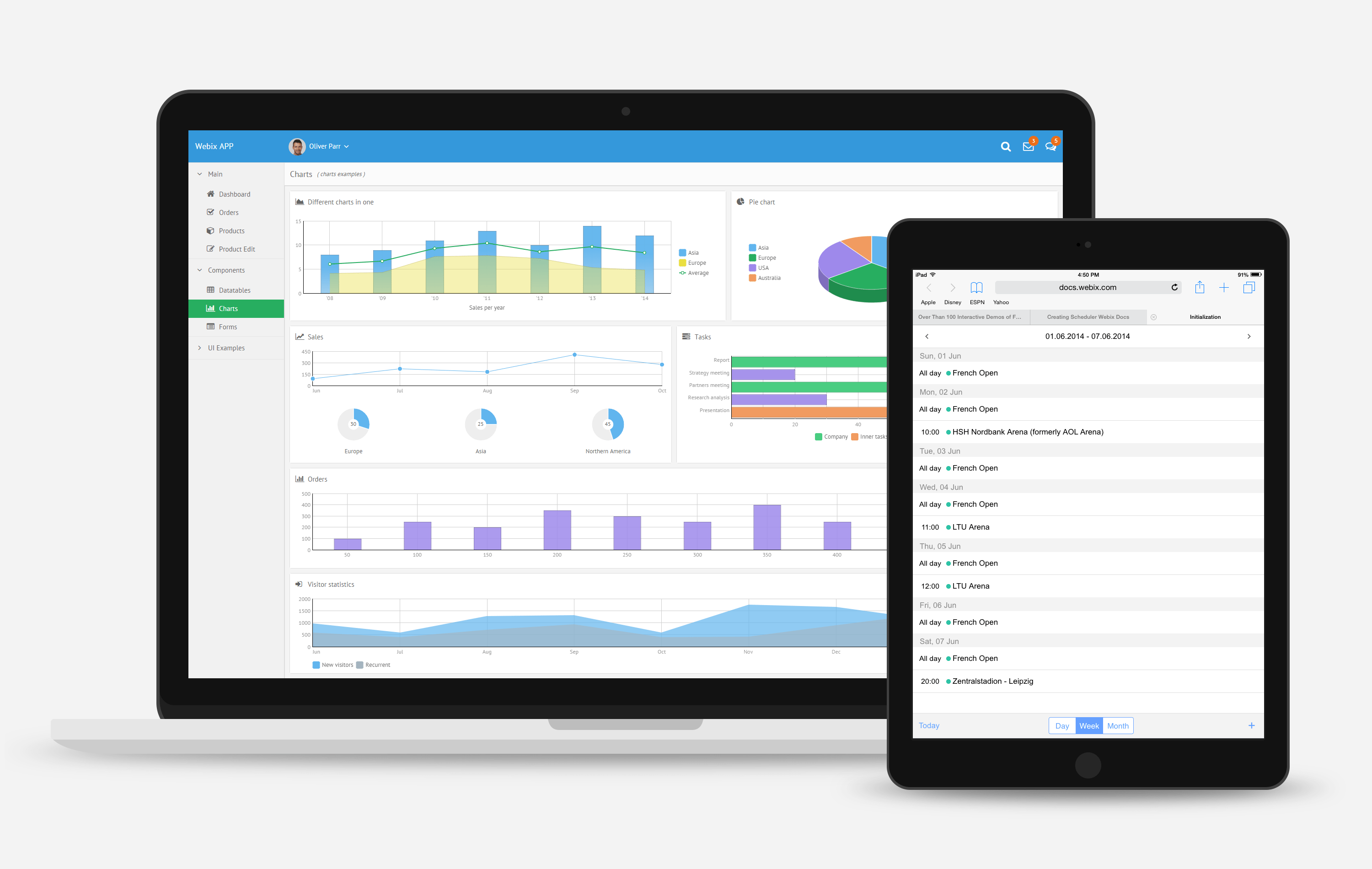Every business aims to deliver its products and services in the best way possible. And in today’s digital data-driven world, every such company believes in mobile app development for their firms for better business operations, product/service delivery, and post-sales activities. Mobile app development has become crucial to delivering an organization’s offerings, and making an application perfectly compatible with different versatile devices like mobiles, tablets, TVs, and computers, can be challenging for businesses. Combating this challenge, developers prefer using progressive web apps(PWA), a unique way of building applications that satisfy companies and clients in communicating with ease and offer the best solutions in building all-platform compatible mobile applications.
What are Progressive Web Applications(PWA)?
Progressive web apps provide an experience of a native application that uses web technologies to deliver seamless, all-platform-compatible software applications. App development is adopting new trends to build PQAs that provide new-age features like offline access, push notifications, and seamless application responsiveness across different platforms and devices. The best part of the PWAs is the option it provides users to access and locate the applications through search engines by eliminating the need to download and install the application from the marketplaces like app stores and play stores.
Characteristics of PWAs
1. Offline Access:
The most significant benefit of PWA is its ability to access the application without internet connectivity. PWAs can store and retrieve user data using service workers and caching concepts to implement this offline communication. In today’s digital world, the reason for PWAs success is its usage, where we still find a majority of places that are not entirely digitalized and have unreliable internet connectivity.
2. Push Notifications:
Another key feature of the PWAs is push notifications. These push notifications allow businesses to interact with their customers actively and keep informing the audience about new changes and offers. Companies using PWAs already state that they are witnessing a rise in the re-engagement rate. The primary reason is that push notifications encourage users to interact more often with the application, enhancing retention. Businesses can use push notifications to create the fear of missing out(FOMO) on offers, new product launches, and limited-time deals.
3. Responsive Designs:
Mobile devices come in different resolutions; the same applies to other platforms that run applications. Responsive designs by PWAs help businesses adjust the application with any screen orientation and size, irrespective of the platform users use. This feature will give users an optimized user interface(UI) and user experience (UX) and the ability to use the same application and resources on desktop, smartphone, or tablet devices, assuring a seamless experience across all platforms.
Advantages of PWAs
Post-pandemic has shown the rise of PWAs for the value they add to users and businesses. App dev platforms adopting this new PWA approach for the following benefits:
1. Cross-Platform Compatibility
Developing an application compatible with multiple devices and platforms will add overhead to businesses. PWAs core capability is to eliminate the overhead due to consistent cross-platform complexities and allow developers to focus on creating a single, cross-device PWA application that will be compatible enough to use on iOs, Android, and other operating systems and devices. By allowing developers this super cool option, companies save much development time and effort and reduce the application development cost.
2. Cost Effectiveness
Traditional mobile application development can be expensive and may include managing multiple manual resources by businesses to work on various app versions and ongoing updates. However, PWAs are an economical option for companies that can use a single codebase to develop, upkeep, and distribute the application and deliver updated business services without user intervention of updating the application often. In this case, users do not have to update the applications to see the new version or bug fixes by the development, as the app gets updated on the go.
3. Enhanced User Experience
PWAs can enhance user experience and make them use applications with ease and fun. Offline functionality is helpful for users who sometimes have limited or no connectivity. Caching application resources will help users quickly respond to interactions and allow continuity. Caching also helps load an application faster than usual, enhancing user satisfaction and retention.
4. Reach and Discoverability:
Traditional and native applications use marketplaces like an app store for iOs and play stores for Android to list for users. PWAs are easily accessible and discoverable using search engines, making users easy to find and install. Easy access to web users helps businesses to find the application and start using the business services, eliminating the need for application installation on local/devices.
What to consider when building an application using the PWA approach
While building a PWA, businesses need to work with experts with a solid understanding of web technologies like HTML, CSS, and Javascript. Along with these fundamental technologies, developers must consider using new-age frameworks and tools like React, Angular, and Vue.js to develop PWAs quickly. Companies can use PWA-specific libraries and frameworks available in the market and accessible through app dev platforms. Development teams can consider frameworks like Workbox and Service Workers to simplify the application development process and leverage the full potential of PQAs.
Conclusion
The PWA approach is helping new-age mobile application developers take the competitive edge and allow users to access business services easily. Businesses that provide exceptional digital experiences to users and their quality services can be the leader of their sector. PWAs are the best way to assist them. Engaging users often with offline access, responsive designs, and push notifications help businesses build great brands and discover innovative ways to enhance the user experience. With all the emerging methods of improving user business experiences, building an app for your business must go for the PWA approach.
